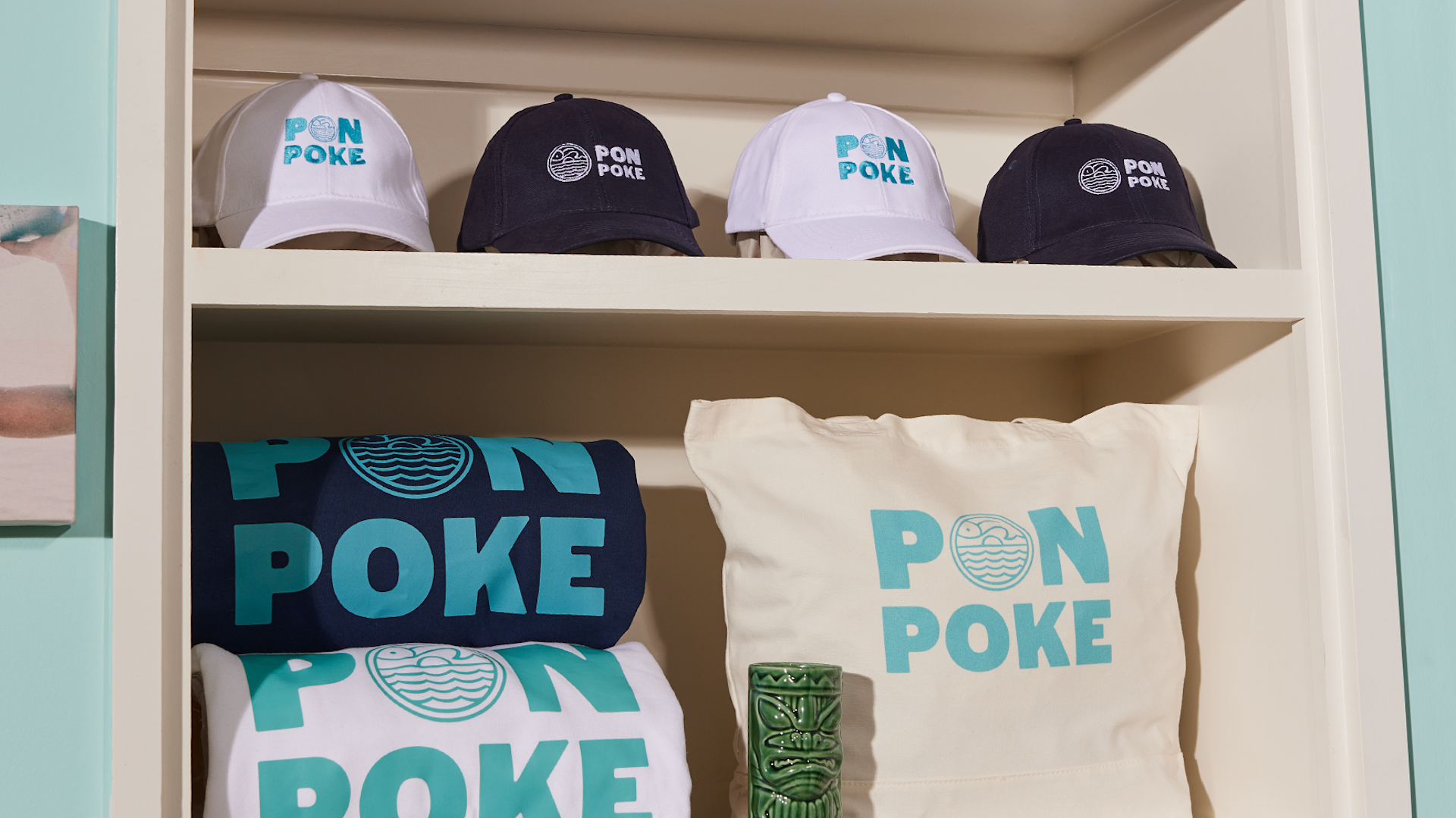Choosing Branded Clothing That Supports a Greener Wardrobe
Choosing Branded Clothing That Supports a Greener Wardrobe
Blog Article
The Value of Sustainable Clothing: How It Influences the Atmosphere and Your Storage room
Lasting clothes is progressively identified for its critical duty in reducing the ecological impact of the quick apparel industry. By concentrating on environmentally friendly materials and ethical production methods, it resolves pushing eco-friendly problems. This change not only profits the planet yet additionally influences customer choices, bring about an extra thoughtful technique to wardrobe monitoring. Comprehending these dynamics increases vital questions concerning fashion's future and individual obligation in shaping it.
The Environmental Impact of Fast Style

Benefits of Sustainable Products
Lasting products offer substantial benefits, specifically with environmentally friendly material options that lessen ecological damage. These products additionally demonstrate longevity and durability, reducing the need for frequent substitutes. As an outcome, they add to a more sustainable apparel industry and promote accountable customer actions.
Eco-Friendly Material Choices
While the fashion business has long been related to rapid patterns and environmental damage, the surge of eco-friendly material options offers a transformative chance. Lasting products such as natural cotton, hemp, and Tencel have acquired popularity as a result of their reduced eco-friendly effect. These materials are commonly produced without harmful pesticides and need much less water, lowering their carbon impact - Branded Clothing. Additionally, numerous green materials are naturally degradable, adding to a circular economic situation by lessening waste. Selecting lasting materials not just sustains ecologically liable practices but also promotes healthier communities. As customers become extra knowledgeable about their acquiring power, the demand for eco-friendly fabrics urges brand names to innovate and embrace more sustainable manufacturing approaches, eventually profiting the world and future generations
Resilience and Durability Advantages
Numerous customers are increasingly acknowledging the resilience and durability advantages of lasting products in their apparel choices. Unlike traditional materials, lasting materials such as organic cotton, hemp, and recycled polyester are engineered to hold up against damage, resulting in garments that last longer. This decreased frequency of substitute not just conserves customers cash with time but also decreases waste created by quick fashion. Additionally, sustainable garments often employs green manufacturing techniques that improve fabric toughness, adding to a reduction in the overall carbon impact. By buying long lasting clothes, consumers can cultivate an extra sustainable closet while delighting in high-grade items that maintain their aesthetic and capability in time. As a result, resilience and longevity stand as essential advantages of choosing sustainable materials.
Decreasing Waste Via Sustainable Practices
Decreasing waste in the garment industry can be accomplished through innovative techniques such as upcycling and repurposing materials. Furthermore, taking on minimal wardrobe approaches motivates consumers to focus on quality over amount, inevitably reducing clothing intake. Together, these strategies add considerably to a more lasting clothes model.
Upcycling and Repurposing Products
Upcycling and repurposing products have actually emerged as innovative strategies in the garment industry, transforming disposed of fabrics right into useful brand-new products. This strategy not only lessens waste but additionally encourages imagination and individuality in garments layout. By taking old garments and materials, developers can develop distinct items that show individual style while minimizing the need for new sources. Additionally, upcycling often needs less power and water compared to standard production processes, substantially lowering the environmental footprint of style. As customers come to be extra aware of sustainability, the popularity of upcycled clothes proceeds to increase, advertising a round economy. Eventually, these techniques add to a more sustainable future, where style prioritizes environmental health over fast production and intake.

Minimalist Wardrobe Strategies
As individuals increasingly seek to decrease their ecological impact, embracing minimal wardrobe strategies has actually acquired grip as an efficient method to lasting style. These approaches stress top quality over quantity, encouraging customers to curate a smaller sized collection of functional, long lasting garments. By focusing on timeless pieces that can be combined and matched, people can minimize the frequency of purchases and inevitably lower waste.Additionally, minimalism promotes conscious intake, prompting customers to review the honest and environmental ramifications of their choices. This strategy not just fosters a much more sustainable lifestyle however also streamlines everyday decision-making concerning attire. As individuals accept minimal concepts, they add to a style society that values sustainability and liable consumerism, inevitably bring about a much more eco-conscious culture.
The Role of Ethical Labor in Lasting Style
While lots of consumers are significantly knowledgeable about the environmental effects of their clothes choices, the value of honest labor practices in lasting fashion can not be ignored. Ethical labor includes reasonable salaries, secure working conditions, and respect for employees' rights, developing the foundation of accountable style production. Brand names that focus on ethical labor not only uplift areas but likewise established a standard for responsibility in the industry.Moreover, the integration of ethical methods fosters transparency, allowing customers to make informed choices concerning their acquisitions. This method contrasts greatly with fast fashion's unscrupulous labor versions, which commonly focus on profit over people. By supporting firms committed to ethical labor, consumers add to a system that values human self-respect along with environmental sustainability. Consequently, ethical labor is not merely an add-on; it is vital to the wider mission of lasting style, Website making sure that the mission for eco-friendliness does not come at the expense of human legal rights.
The Influence of Lasting Garments on Carbon Emissions
Lasting clothes has the potential to greatly lower carbon exhausts related to the fashion sector. Typical garment production contributes notably to greenhouse gas emissions, largely due to energy-intensive production procedures and using non-renewable sources. In comparison, sustainable fashion concentrates on environment-friendly materials, such as natural cotton or recycled fibers, which commonly need much less power to produce.Moreover, sustainable brand names have a tendency to adopt more reliable manufacturing techniques, lessening waste and lowering total discharges. By prioritizing longevity and timeless style, sustainable clothes encourages customers to acquire less often, further minimizing the carbon footprint connected with overconsumption.Additionally, several sustainable brands are devoted to transparency in their supply chains, making it possible for consumers to make educated options that straighten with their values. Eventually, changing towards sustainable apparel can result in a significant decrease in carbon emissions, adding to a much healthier planet and a much more lasting future for the apparel industry.
Supporting Neighborhood Economic Situations With Sustainable Options
The change towards sustainable clothes not just addresses environmental worries but also significantly advantages neighborhood economies. By selecting lasting style, consumers commonly sustain local craftsmens and small companies, enhancing area resilience. These enterprises usually operate a smaller range, focusing on workmanship and honest practices over mass production.Investing in locally made lasting garments promotes job development and boosts financial growth within neighborhoods. As customers become extra familiar with the ecological effect of their purchases, they increasingly choose products that mirror their browse around this web-site values. This demand encourages local manufacturers to adopt lasting methods, adding to a circular economy.Moreover, sustaining local services lowers transport discharges, lining up with eco-conscious consumer behavior. The interconnectedness of lasting garments and regional economic situations emphasizes the vital duty that specific choices play in promoting both economic and environmental health. By fostering these neighborhood links, communities can thrive while additionally functioning towards a more lasting future.
Changing Your Wardrobe: Tips for a Sustainable Closet
As people seek to lower their ecological effect, changing a storage room into a lasting wardrobe becomes a necessary step. One efficient method is to review existing clothing, maintaining only things that are put on consistently and that line up with sustainability goals. Prioritizing top quality over quantity is essential; buying durable items from environmentally friendly brand names can greatly lower waste.Additionally, incorporating second-hand items can rejuvenate a closet while lessening ecological damages. Organizing clothing swaps with pals or giving away extra products can better advertise sustainability.When purchasing, people must seek materials that are natural, recycled, or biodegradable, and stay clear of fast style retailers - Branded Clothing. Finally, exercising mindful intake by thoughtfully considering each acquisition can contribute to a much more sustainable way of living. By carrying out these tips, one can produce a wardrobe that reflects individual design while sustaining ecological stewardship
Frequently Asked Concerns
How Can I Identify Sustainable Clothing Brands?
To identify lasting garments brands, one need to research materials utilized, look for accreditations like Fair Trade, my site and analyze the brand's openness concerning their manufacturing processes, labor techniques, and ecological influence, making sure eco-friendly and ethical techniques are focused on.
What Are the Prices Connected With Lasting Style?
The prices related to sustainable fashion can differ significantly. Higher production expenditures, honest sourcing, and environmentally friendly materials often bring about boosted market prices, which might discourage some consumers while interesting eco mindful consumers.
Can Sustainable Clothes Be Stylish and elegant?
Lasting clothes can indeed be fashionable and stylish. Designers significantly focus on cutting-edge materials and moral manufacturing techniques, confirming that style and sustainability can exist side-by-side. Customers now have varied choices that mix appearances with environmental awareness.
How Does Laundering Clothes Affect Their Sustainability?
Cleaning garments significantly influences sustainability by consuming water and energy, adding to air pollution, and causing microplastic launch. Regular washing can weaken fabrics, shortening their life-span and increasing the requirement for substitutes, inevitably exacerbating environmental problems.
What Is the Life Expectancy of Lasting Clothing Compared to Quick Style?
The life-span of lasting clothing commonly exceeds that of rapid fashion things, frequently enduring numerous years as a result of top quality products and craftsmanship. On the other hand, fast fashion garments may break down promptly, requiring even more constant replacements. Sustainable clothes is significantly recognized for its crucial function in decreasing the environmental influence of the quick fashion industry. While several customers are progressively aware of the environmental consequences of their clothes selections, the relevance of moral labor methods in sustainable fashion can not be neglected. Branded Clothing. Lasting apparel has the possible to substantially minimize carbon discharges associated with the style sector. In contrast, sustainable style concentrates on green products, such as natural cotton or recycled fibers, which frequently require much less power to produce.Moreover, sustainable brands often tend to adopt more reliable production practices, lessening waste and decreasing general discharges. By prioritizing longevity and classic design, lasting apparel motivates consumers to get much less regularly, additional decreasing the carbon footprint linked with overconsumption.Additionally, several sustainable brand names are dedicated to transparency in their supply chains, allowing consumers to make educated selections that align with their worths
Report this page